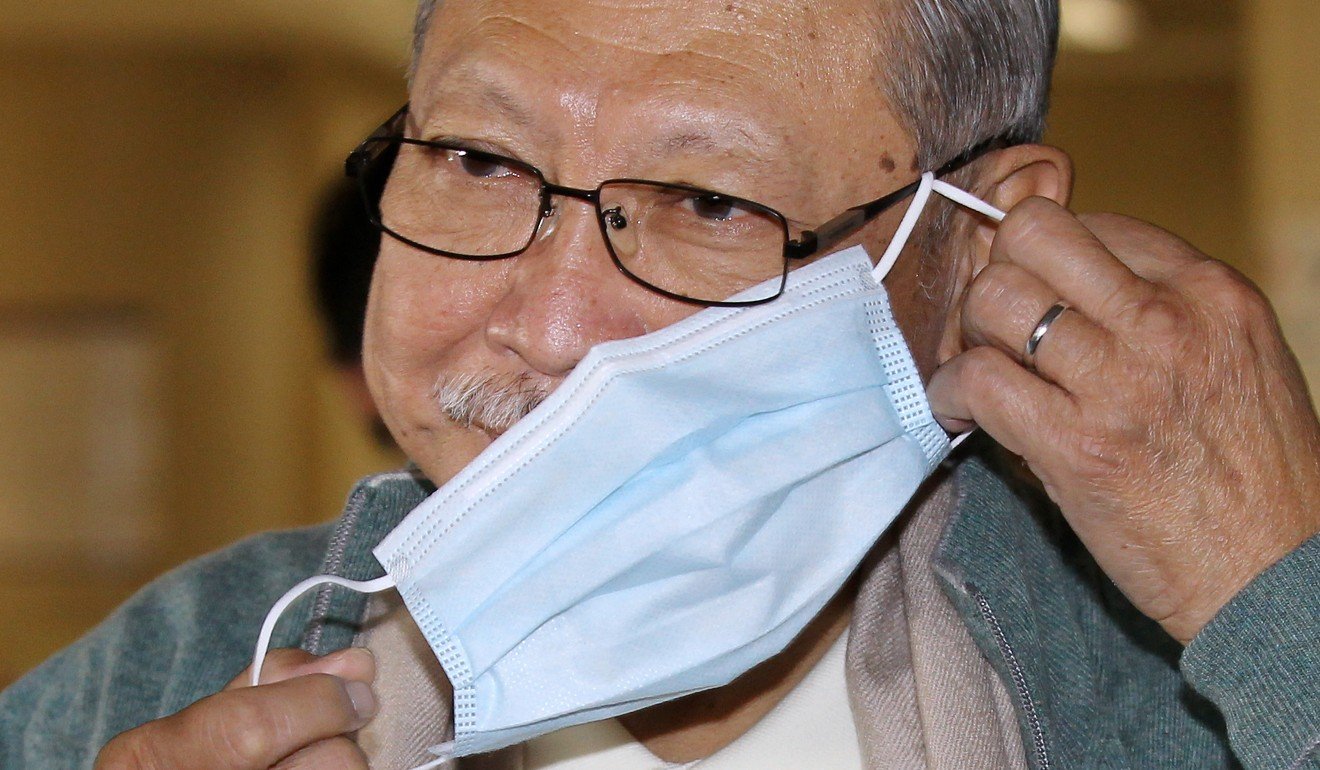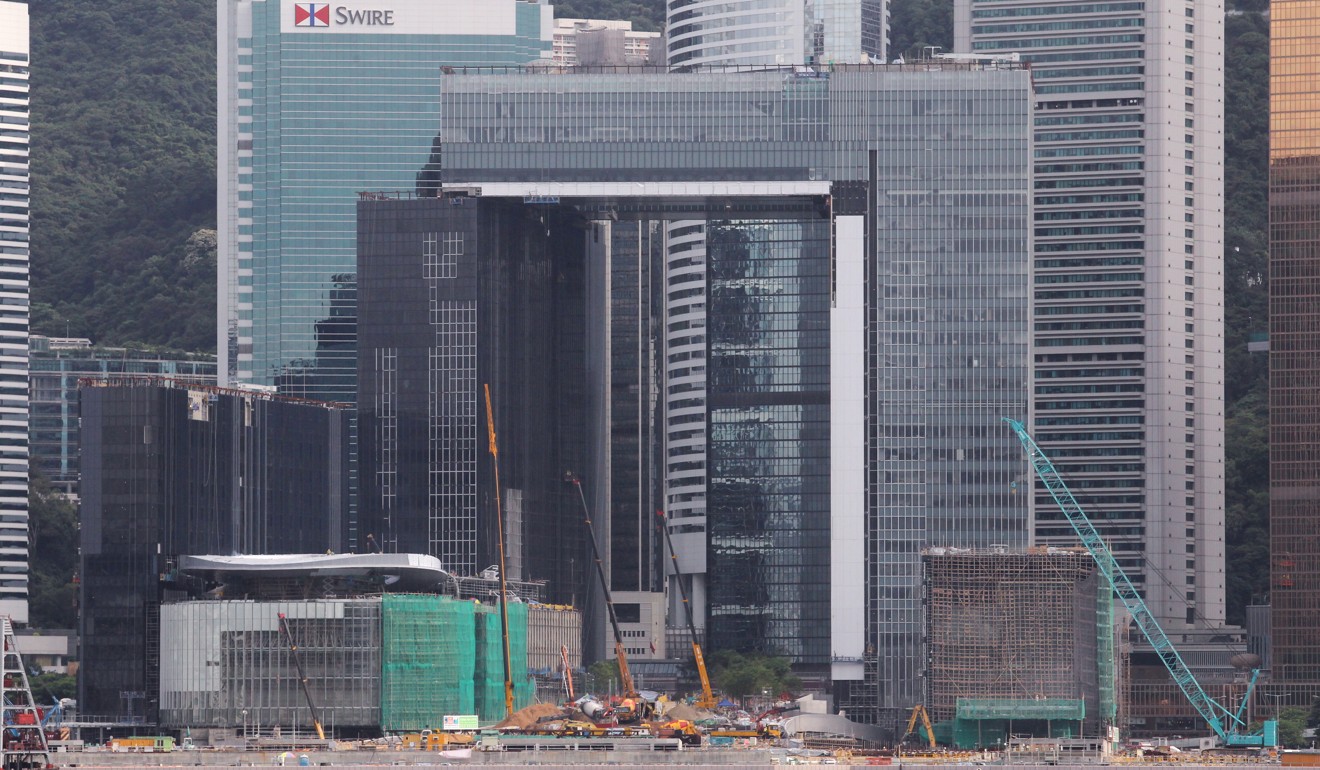
Legionnaires’ disease in Hong Kong: what is it, who is at risk, and how do we prevent it?
- Outbreak on housing estate in Tseung Kwan O a reminder that the potentially fatal illness is always a risk

Since late November, three people with links to a Tseung Kwan O housing estate have been diagnosed with a severe form of pneumonia called legionnaires’ disease. The health scare has put residents in the area on alert against the potentially deadly bacteria that carry the disease, and came as a reminder of how the illness made headlines in Hong Kong a few years ago.
The outbreak started with a 61-year-old man and a 76-year-old woman, as reported by the Centre of Health Protection (CHP) on November 26. The third case was reported on December 4, and involved a 69-year-old man from The Wings IIIA estate. The other man also lived on the estate, which the woman had visited.
The two male patients were still in a critical condition on Friday night, according to the Hospital Authority. The woman had been discharged.
The fact that such an outbreak could happen in a new and expensive block has highlighted that the city, in general, lacks awareness of the disease. So, should we be worried about an even bigger outbreak, and how should we protect ourselves?
What is legionnaires’ disease?
Legionnaires’ disease is caused by bacteria called legionella pneumophila, which is found in water and soil, and causes severe lung inflammation.
People infected with the disease usually develop symptoms two to 10 days after exposure. Symptoms include fever, dry cough, shortness of breath, tiredness, headaches, muscle pain, abdominal pain and diarrhoea. In severe cases, neurological symptoms such as confusion and respiratory failure may appear.
About one in 10 people who get the disease will die from it, according to the US Centres for Disease Control and Prevention (CDC).

Over the past decade, the number of cases of legionnaires’ disease has been on the rise in many countries including the United States, Canada, New Zealand, Japan and Europe.
In Hong Kong, as of December 13, a total of 103 cases had been reported in 2018, a Department of Health spokesman said. In 2017 and 2016, there were 72 and 75 cases, respectively.
The rise in the number of cases is thought to be linked to improving diagnostic technology and the increasing number of tests conducted, the department said. Other factors included an ageing population and environmental changes.
How do people get infected?
Legionella bacteria multiply well in warm water, at 20 to 45 degrees Celsius. They are usually found in environments containing water, such as water tanks, hot and cold water systems, cooling towers, jacuzzis, water fountains and home respiratory devices, according to the CHP.
People can get legionnaires’ disease when they breathe in contaminated droplets and mist generated by artificial water systems, or when handling garden soil, compost and potting mixes.
Outbreaks are often linked to poorly maintained air conditioning and water systems, humidifiers and jacuzzis, according to the CHP. In general, the disease is not transmitted by person-to-person contact, eating or drinking.The Wings IIIA estate
Microbiology professor Ho Pak-leung, of the University of Hong Kong, said the bacteria in Hong Kong were usually found in older water supply systems, where pipes are dated and which are not designed or maintained well. Ho said it was unusual for them to be detected in new buildings. Once the trace of the bacteria is found, Ho said, the water supply system must at least be cleaned, and the design of the water supply system examined.
Has anything like this outbreak happened before?
In 2011, a noteworthy infection caused a scandal for the city’s government.

It took place at the new Hong Kong government headquarters in Admiralty, a HK$5.5 billion project approved by former chief executive Donald Tsang Yam-kuen and opened at the end of 2011. But, soon after the grand opening, then education chief Michael Suen Ming-yeung, 67 at the time, came down with legionnaires’ disease.
Health officials later announced they had detected traces of the disease inside a tap in the private toilet of Suen’s office, on the 11th floor of the east wing. He later recovered, but the infection triggered a series of investigations and disinfections in the 4.2-hectare complex, where more than 3,000 civil servants worked.

Why is it called legionnaires’ disease?
The name was coined after an outbreak of severe pneumonia among those attending a convention held by the US war veterans’ organisation, the American Legion, in Philadelphia in 1976, according to the CDC.
Following the outbreak, the CDC launched one of the largest disease investigations in American history. As a result, the new bacteria which were found spreading through the hotel’s air conditioning system were identified and named legionella. On July 27, three days after the convention ended, the first victim died. Within a week more than 200 people, mostly men, had been taken to hospital, and 34 had died. All had attended the convention and stayed at the same hotel.
Who is most at risk?
Most people exposed to the legionella bacteria do not become infected. However, risk factors include old age, particularly for the over 50s, a history of smoking and drinking alcohol, and chronic illnesses such as cancer, diabetes or lung or kidney diseases.
Of reported patients, 75 to 80 per cent are over 50 years of age and 60 to 70 per cent are male, according to the World Health Organisation.
How can we treat and prevent the disease?
Currently, there is no vaccine for legionnaires’ disease. Pneumonia caused by legionnaires’ disease can be treated with antibiotics, and most cases of this illness can be treated successfully.
Healthy people usually get better following the disease, but they often need hospital care.
The CHP, along with hospitals, has been using the urinary antigen detection test, which is quicker and more sensitive than traditional methods, to diagnose the disease.
For prevention, the key is good maintenance of the water systems in which the bacteria grow.
The CHP urges the public to observe personal hygiene, stop smoking and drinking alcohol, clean and disinfect water taps and shower heads frequently, and avoid using water filters, as they can clog, increasing the growth of the bacteria.
When handling garden soil, compost and potting mixes, it is better to wear gloves and masks, to water gardens and compost gently using low-pressure hosepipes, and to open composted potting mixes slowly and make sure the opening is directed away from the face.